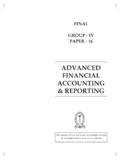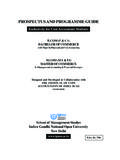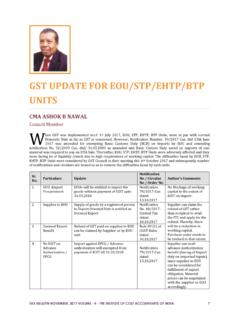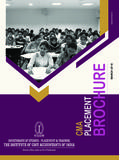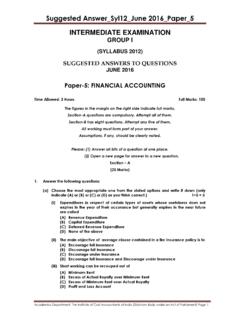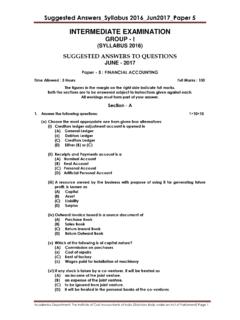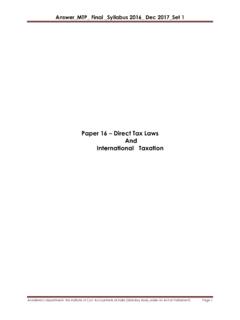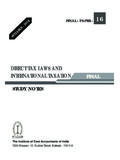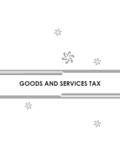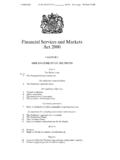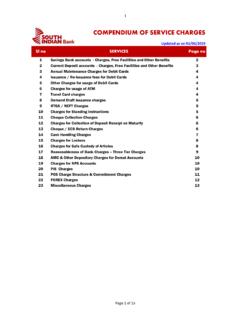Transcription of WORK BOOK FINANCIAL ACCOUNTING - icmai.in
1 WORK BOOK. FINANCIAL ACCOUNTING . INTERMEDIATE. GROUP I. PAPER 5. The Institute of Cost Accountants of India (Statutory body under an Act of Parliament). First Edition : March 2018. Directorate of Studies The Institute of Cost Accountants of India 12, Sudder Street, Kolkata 700 016. Copyright of these study notes is reserved by the Institute of Cost Accountants of India and prior permission from the Institute is necessary for reproduction of the whole or any part thereof. Directorate of Studies, The Institute of Cost Accountants of India (Statutory Body under an Act of Parliament).
2 Work Book FINANCIAL ACCOUNTING . INTERMEDIATE. GROUP I. PAPER 5. INDEX. Sl. No. Section-A : ACCOUNTING Basics Page No. 1. Fundamentals of ACCOUNTING 1 32. 2. ACCOUNTING for Special transactions 33 70. Section-B : Preparation of FINANCIAL Statements 3. Preparation of FINANCIAL Statements of Profit Oriented Organizations 71 81. 4. Preparation of FINANCIAL Statements of Not-for Profit Organizations 82 97. 5. Preparation of FINANCIAL Statements from Incomplete Records 98 117. 6. Partnership 118 162. Section-C : Self Balancing Ledgers, Royalties, Hire Purchase & Installment System, Branch & Departmental Accounts 7.
3 Self Balancing Ledger 163 177. 8. Royalties 178 187. 9. Hire-Purchase and Installment System 188 200. 10. Branch and Departmental Accounts 201 228. Section-D : ACCOUNTING in Computerised Environment and ACCOUNTING Standards 11. Computerised ACCOUNTING System 229 236. Directorate of Studies, The Institute of Cost Accountants of India (Statutory Body under an Act of Parliament). Work Book : FINANCIAL ACCOUNTING Chapter 1. FUNDAMENTALS OF ACCOUNTING . FUNDAMENTALS OF ACCOUNTING -BASICS. 1. Choose the correct alternative: 1. The art of recording transactions in a set of books is referred to as _____.
4 (a) Book Keeping (b) ACCOUNTING (c) Auditing (d) Writing 2. Which of the following is/ are objective(s) of ACCOUNTING ? (a) To compare income against expenses, and know the net result thereof. (b) To assess the FINANCIAL position of an entity. (c) To provide a record for compliance with statutes and applicable laws. (d) All of the above 3. Gross working capital is equal to: (a) Total Capital (b) Total Assets (c) Total Current Assets (d) Current Assets Current Liabilities 4. The FINANCIAL statement that reflects the FINANCIAL position of an entity on a particular date is referred to as the _____.
5 (a) Cash Flow Statement (b) Income Statement (c) Balance Sheet (d) None of the above 5. The amount invested by owners into business is called _____. (a) Asset (b) Liability (c) Capital (d) Cash flow Directorate of Studies, The Institute of Cost Accountants of India (Statutory Body under an Act of Parliament) Page 1. Work Book : FINANCIAL ACCOUNTING Answer: 1. (a). 2. (d). 3. (c). 4. (c). 5. (c). 2. Match the following: Column A Column B. 1. Cash discount A Obligation that may or may not materialise 2. Credit transactions B Excess of expenditure over income 3.
6 Liability C transactions without immediate cash settlement 4. Contingent liability D Amount owed by a business to external parties 5. Loss E Allowance by seller to buyer for prompt payment Answer: Column A Column B. 1. Cash discount E Allowance by seller to buyer for prompt payment 2. Credit transactions C transactions without immediate cash settlement 3. Liability D Amount owed by a business to external parties 4. Contingent liability A Obligation that may or may not materialise 5. Loss B Excess of expenditure over income 3. Fill in the blanks: 1.
7 _____ is the branch of ACCOUNTING that deals with the process of ascertaining costs. 2. The main objective of ACCOUNTING is to provide information to the stakeholders. 3. When complete sequence of ACCOUNTING procedure is done which happens frequently and repeated in same direction during an ACCOUNTING period, it is called an _____. 4. _____ represents the excess of total assets over total liabilities of a business. 5. A liability that is expected to be settled in an entity's normal operating cycle is called _____ liability. Answer: 1.
8 Cost ACCOUNTING 2. FINANCIAL 3. ACCOUNTING Cycle 4. Net worth 5. Current Directorate of Studies, The Institute of Cost Accountants of India (Statutory Body under an Act of Parliament) Page 2. Work Book : FINANCIAL ACCOUNTING 4. State whether the following statements are True or False: 1. The transactions of a business are recorded in the journal chronologically and in a classified manner. 2. Book keeping being a routine and repetitive work, in today's world, it is taken over by the computer systems. 3. Information about FINANCIAL position of a business is primarily provided in the Income 4.
9 Trade discount is allowed by seller to buyer for making prompt payment. 5. Management ACCOUNTING is primarily based on the data available from FINANCIAL ACCOUNTING . Answer: 1. False 2. True 3. False 4. False 5. True ACCOUNTING PRINCIPLES, CONCEPTS & CONVENTIONS. 5. Multiple choice questions: Choose the correct alternative: 1. Which of the following is a basic assumption? (a) Business entity concept (b) Matching concept (c) Historical cost concept (d) All of the above 2. Which of the following is not a Basic Principle? (a) Dual aspect concept (b) Revenue Realisation concept (c) ACCOUNTING period concept (d) Historical cost concept 3.
10 A business transaction be recorded only if it can be measured in terms of money' is the principle of which concept? (a) Dual aspect concept (b) Revenue Realisation concept (c) Accrual concept Directorate of Studies, The Institute of Cost Accountants of India (Statutory Body under an Act of Parliament) Page 3. Work Book : FINANCIAL ACCOUNTING (d) Money measurement concept 4. The modern approach of deciding debit and credit is also referred to as _____ approach. (a) Canadian (b) American (c) Indian (d) British 5. The accounts related to assets or properties or possessions are called _____.
